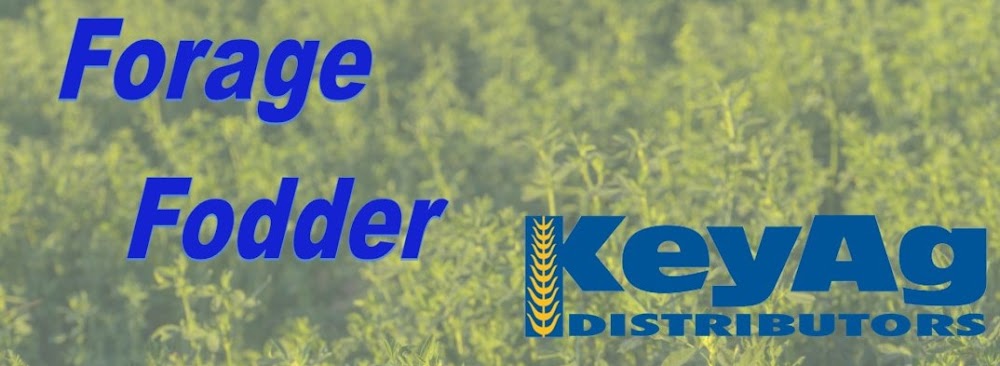Colorado—In the Nov. 11 report, compared to last week, trade activity moderate on good demand for horse hay. Horse hay sold steady this period. Trade activity light on good demand for ranch and dairy hay. Trade inactive on all other hay markets. According to the NASS Colorado Crop Progress report for the week ending Nov. 7, fourth cutting alfalfa hay harvested is at 94 percent. Stored feed supplies are 10 percent very short, 27 percent short, 54 percent adequate, and 9 percent surplus.
Missouri—In the Nov. 12 report, compared to last report, a little bit of hay moving locally and some window shopping going on, but overall hay business in the state is fairly slow which is to be expected as the hay crop was good this year and most farmers are setting on decent supplies currently. The supply of hay is moderate and demand is light to moderate and prices mostly steady. Another week of riding the weather roller coaster after the frost late last week temperatures warmed back up to near short sleeve weather before the next front rolled in with highs reaching only the mid to upper 40s for the end of this week.
Nebraska—In the Nov. 4 report, compared to last week, hay sales in the eastern and central areas of the state sold steady. Alfalfa sales in the western areas sold $5 higher. Demand was moderate in the east and central with good demand for hay in the western areas. Light to moderate snow or rain in some areas of the state Nov. 1 has slowed fall harvest to a crawl or completely stopped. With warmer weather on the horizon farmers should be in the field later this week. Quite a lot of talk on baling cornstalks across the state when the fields dry. Next available report will be Nov. 18.
Oklahoma—In the Nov. 12 report, compared to the last report Oct. 29, not much has changed, hay remains steady for much of the state with good demand, while movement is beginning to raise. Feed cost are still high, which causes hay to remain the main feed resource for the producer. Milk prices are still low, dairies are continuing to move to cheaper feed rations. Dry conditions continue in most of the state according to the Mesonet. Due to limited sales and price changes this report will be released bi-weekly until more volume of hay is moving. Next report will be released Dec. 3.
Texas—In the Nov. 12 report, compared to the last report, hay prices are steady in all regions. Trading activity and demand were moderate. Hay is beginning to move more as producers are stocking up for winter. However, a lack of trucks and increased trucking prices have slowed down movement some. According to the U.S. Drought Monitor, in eastern Texas and Oklahoma widespread rain over a half inch fell this week. As a result, many areas from the Dallas-Fort Worth Metroplex and eastward along the Red River saw improvements to ongoing drought and dryness. Improvements also occurred in south Texas. In parts of southwest Texas that did not see rain, some worsening of drought conditions occurred, due to increasing precipitation deficits and lessening soil moisture. Due to limited sales and price changes this report will be released bi-weekly until more volume of hay is moving. Next report will be released Nov. 26.
New Mexico—In the Nov. 5 report, compared to last week, alfalfa prices steady. Beardless wheat steady on limited supplies. Trade moderate to active, demand good. The hay growing season is over. Cooler temperatures across the state as cold front moved in. This is the last report for the season. Reports will resume in April 2022.
South Dakota—In the Nov. 12 report, compared to last week, all classes of hay remain firm. Very good demand for all types of hay currently. Cattle producers are shipping and weaning calves, which is keeping demand for high quality calf starting hay in high demand. All supplies of hay are much tighter this year due to the devastating drought. Corn harvest finishing up across the state as ground conditions firmed up enough to get equipment into fields. Warmer than average weather late week and over the weekend have helped to stretch feed supplies. This week much colder weather returned with snow chance East River.
Wyoming—In the Nov. 4 report, compared to last week, all reported hay sold steady. Demand remains good throughout Wyoming and into Colorado where dairies have been buying some hay. Normal November weather across the state. Some producers are working on third cutting with other done with haying this season. Corn harvest is a lot slower going than last year and is nearly spot on with the 5-year average of 46% complete. Sugarbeets picked comes in at 91% compared to 84% for the 5 year average. Subsoil moisture for adequate is at 26% which is 10% better than same week last year. Next available report will be Nov. 18.
Montana—In the Nov. 1 report, compared to last week, hay sold fully steady. Demand for hay remains very good. A portion of ranchers continue to search for hay however this has started to slow. Limited sales were seen this week. Hay continues to sell out of neighboring states and Canada; delivered prices for these offerings continue to be $285-$325. Producers are starting to market dairy quality hay. Initial asking prices are $350-$375 per ton with most offerings testing over 175 RFV. Several producers have yet to market any of their dairy quality hay. Market activity this week was slow on limited offerings. According to the drought monitor 100% of the state is in moderate drought or worse; 100% of the state is in an severe drought or worse both unchanged from last week. 69.68% of the state is in extreme drought or worse, steady from last week. 22.25% of the state is in an exceptional drought down 0.34% from last week.


No comments:
Post a Comment